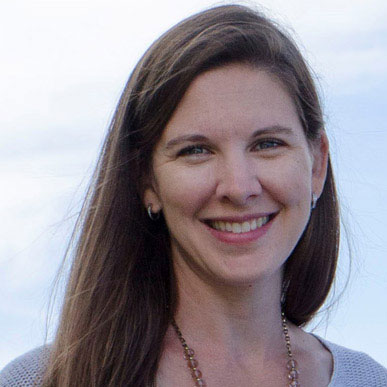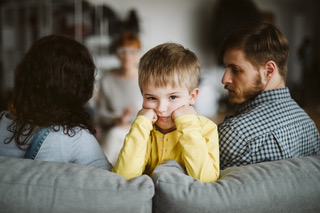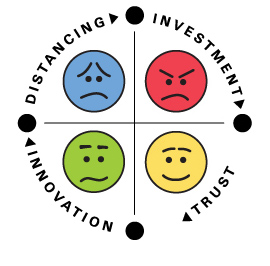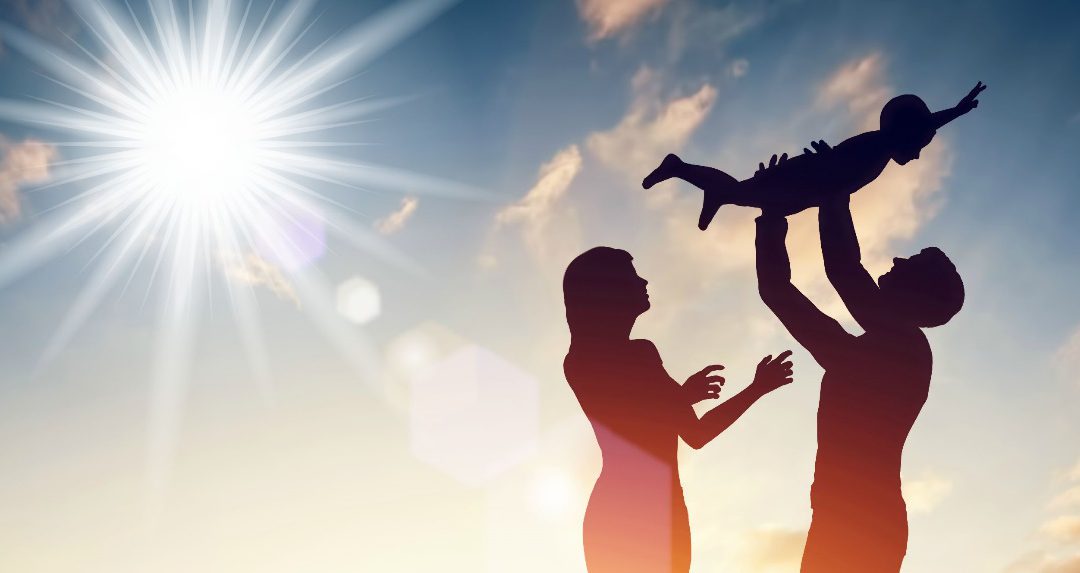
Invisible Selves
If recent history has (re)taught us anything, it’s that nobody is immune to struggle. Even if you consider yourself one of the lucky ones – maybe you usually bounce back quickly from unexpected challenges, or you tend to find ways to skirt them – eventually a time comes when you just can’t. Or when a loved one is suddenly knocked off their feet and you find yourself powerless to help. Circumstances have a way of conspiring to take us by surprise when we’re least prepared.
Simplifying our understanding of other people makes us forget that their struggles are as real as ours – even if they’re invisible. It’s usually hardest to keep our biases in check during moments when we’re caught unaware. That self-centered biology kicks in to help us find clarity in a comfortable black-and-white conclusion. However, clarity is not always accuracy.
Whenever we create narratives about the type of person someone is, or what their lives must be like, we’re missing a big opportunity that would help both parties. What would happen if we recognized the “invisible self” – the one with complicated struggles and vulnerabilities – existing inside each of our friends, acquaintances and even the strangers we pass on the street?
This is hard. We have to suspend reality and endure the anxiety of not knowing until we can position ourselves behind the other person’s eyes. But there’s a reward. Trying to see someone’s invisible self is a powerful gift for both the giver and the recipient. It’s the gift of humble connection, of mutual grace, and, if we’re lucky, healing compassion.
I’ll be the first to admit it’s a very difficult gift to give sometimes. It’s easier to work on something in a familiar environment. So I have a suggestion: let’s make an effort to give it more at home to help build the habit. As well as we think we know them, our kids and our partners probably have invisible selves, too.

About the Author
Kerry Galarza, MS OTR/L is the Clinical Director and an occupational therapist at Elmhurst Counseling. She provides specialized assessment and intervention with children of all ages and their families. Kerry engages clients with naturally occurring, meaningful home-based methods to empower autonomy and maximize functioning.




